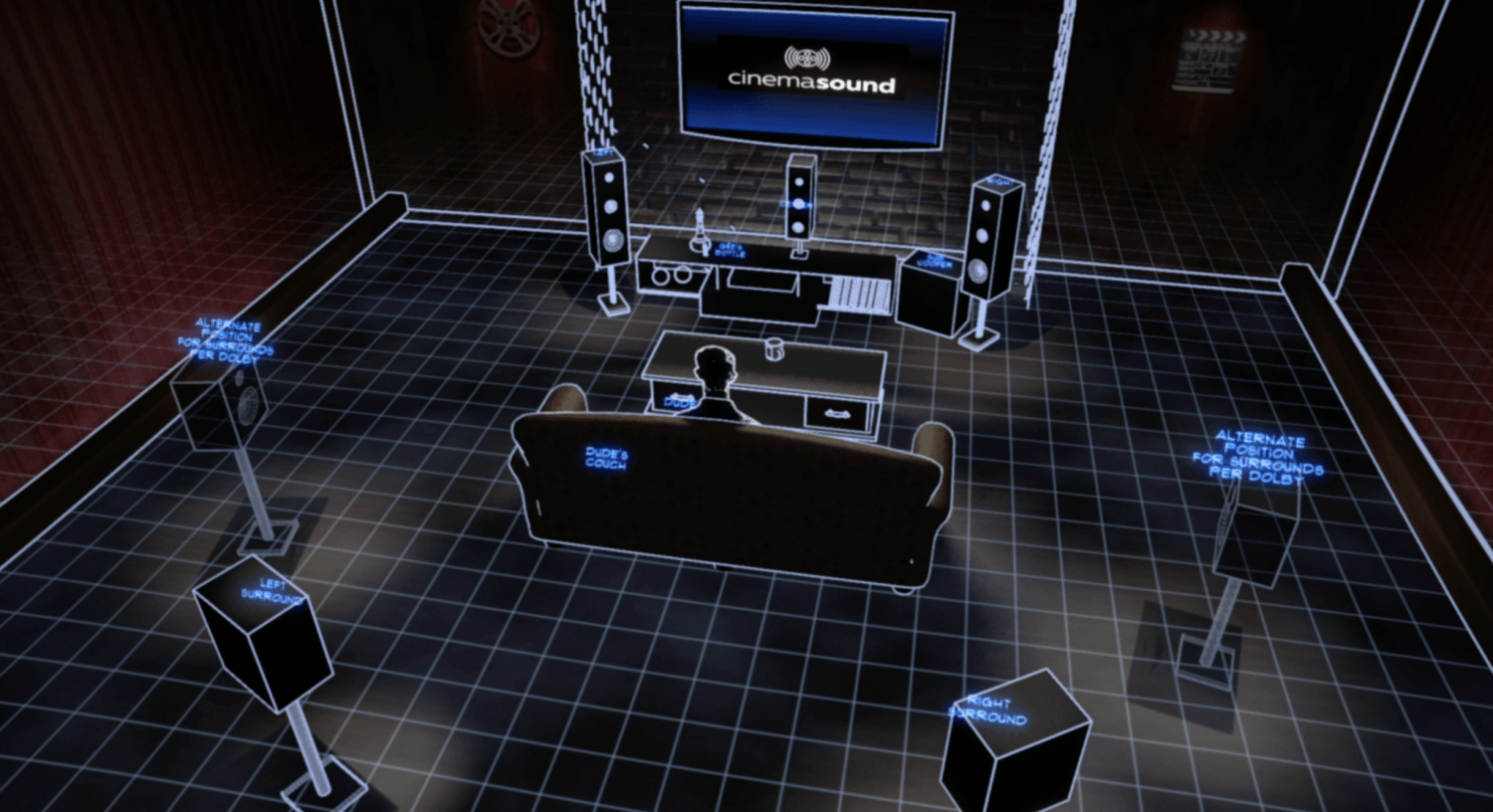
Sound doesn’t just support an image. It sculpts it. It surrounds it. It transforms the simple act of watching into something more visceral, more undeniable.
When you sit in front of a film mixed in stereo, the sound collapses into a flat plane. The dialogue is there, the music, the effects—but they’re locked into a narrow window. Everything is framed in front of you, competing for space, restrained.
In 5.1, the walls break apart. Suddenly, sound is not confined to the screen. It is behind you, above you, around you. The bass doesn’t just exist—it presses against your chest, resonates in your bones. A whisper can pass by your ear. An explosion can bloom in the pit of your stomach. The theatre becomes a body, and you’re inside it.
This isn’t decoration. It’s immersion. It’s tension. It’s breath. When sound expands into six channels, the brain reacts differently: your heart rate shifts, your sense of space recalibrates, your focus narrows. A good 5.1 mix doesn’t just “make it louder.” It makes it real.
You don’t need a Hollywood budget to hear your film in surround. Any director, editor, or sound designer can set up a functional 5.1 system at home or in a small studio. The key is intention, not extravagance.
This isn’t just for mixers. Directors, editors, even producers benefit from working in surround. It changes the way you cut, the way you score, the way you see. Suddenly, you understand your own film in three dimensions.
Audiences notice—even when they don’t consciously realize it. A 5.1 mix elevates a screening from “a film on a screen” to “an event in space.” Producers, festival juries, and collaborators take note of this difference. It shows care, craft, and intent.
At the very least, investing in a proper surround mix ensures your film translates properly in theaters, streaming platforms, and festival screenings. It becomes competitive with work that has already embraced the format. In short—it refuses to feel small.
A stereo film at a festival can feel like a postcard: beautiful, but distant, static. A 5.1 film is an environment. It breathes. It leans in. It fills the room, and it makes the audience forget the edges of the screen.
If you’re serious about your work, about how it’s received and remembered, then surround is not an indulgence. It’s a necessity.
Because in the end, cinema is not just light in the dark. It’s vibration in the air. And once you’ve heard it the way it was meant to be heard, there is no going back.